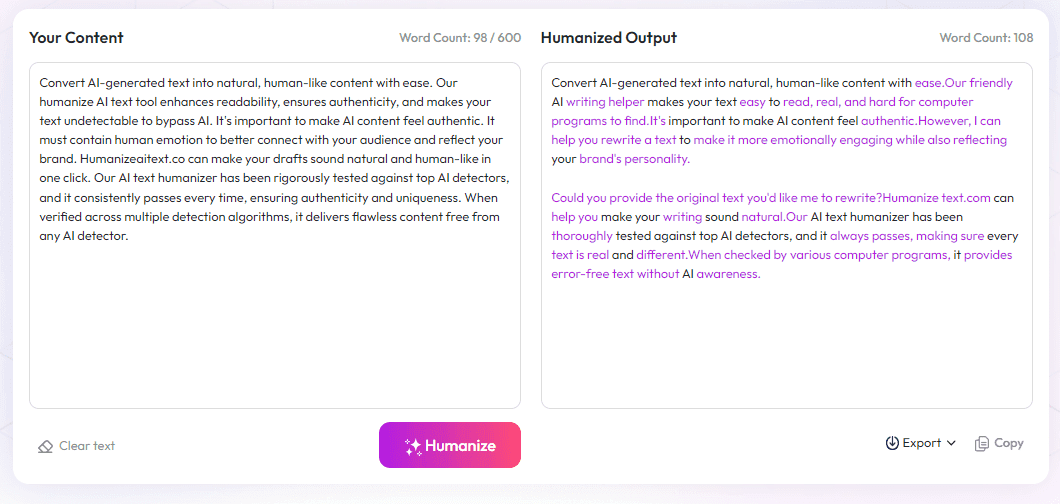Table of Contents
Struggling to figure out how wide your book’s spine should be? I get it—precision matters, but the formulas can seem confusing at first. Keep reading, and I’ll show you a simple way to accurately calculate your spine width without pulling your hair out. By the end, you’ll know exactly what details you need and how to use them for the perfect fit. Ready? Let’s make spine measurements easy and straightforward!
Key Takeaways
Key Takeaways
- To find your book's spine width, divide the total pages by the pages per inch of your paper, then add cover thickness. For hardcover, include the cover boards. Use a calculator or online tool to save time and reduce errors.
- Double-check your calculations by verifying paper thickness and page count, and always include a bleed area for trimming. Visualize your cover through a mock-up before proceeding.
- Gather specific paper and cover details from your printer, especially for special materials like laminated covers or endpapers, to get accurate measurements.
- Sample calculations show how page count and paper type affect spine width, helping you plan for correct measurements in different scenarios.
- Using online calculators can speed up the process, but manual verification ensures accuracy. Share your measurements clearly with your printer for best results.

The most straightforward way to determine a book's spine width is with a simple formula that’s trusted by publishers and designers alike:
Spine Width = (Page Count ÷ Pages Per Inch) + Cover Thickness Allowance.
This means you divide the total number of pages by the number of pages a single inch of your chosen paper stock can hold, then add any extra thickness for the cover, especially for hardcover books.
For example, if your book has 350 pages and is printed on paper with a PPI (pages per inch) of 460, the spine width calculation would look like this:
350 ÷ 460 ≈ 0.76 inches. To this, add the thickness of your cover boards, say 0.125 inches each for a hardcover. So, total spine width ≈ 0.76 + 0.25 = 1.01 inches.
In practice, this formula can vary slightly depending on paper weight and finish. For instance, lighter paper like 70 GSM might be around 0.004 inches thick per sheet, which will influence the calculation.
It's a good idea to confirm the exact paper thickness with your printer, as this impacts the final spine width and cover design accuracy.
Many online spine width calculators incorporate this formula, helping you get quick estimates without doing the math yourself.
Keep in mind that for hardcover books, you should add the thickness of the cover boards—typically about 1/8 inch each—so that your spine measurement accounts for the whole assembled package.
For saddle-stitched or very thin books, the spine can be minimal or even negligible, but it’s always best to measure for accuracy, especially if designing a professional cover.
Most professional printers recommend adding a bleed of about 3 mm (roughly 1/8 inch) to your cover design to avoid trimming issues, ensuring your spine width matches your cover layout perfectly.
Remember, verifying your paper's actual thickness and calculating your spine width early helps avoid surprises at the printer and makes your cover design process much smoother.
If you want a quick way to estimate spine width without crunching numbers, tools like the KDP cover calculator can be a real timesaver.

Final Adjustments and Double-Checking Your Calculations
Before sending your cover design off to the printer, it’s crucial to review all your measurements carefully.
Double-check your spine width calculation by verifying the paper thickness and total page count once more—errors here can be costly.
Use an online spine width calculator for a quick cross-reference to make sure your manual math isn’t off.
Ensure that the added cover thickness, including the boards and endpapers if applicable, is accurately incorporated into your final measurement.
Always review your cover layout in a mock-up to visualize how the spine, front, and back covers will align.
Label all measurements clearly, especially if you’re working with a designer or a printer who will need precise specs.
When in doubt, ask your printing service for their recommended tolerances and allowances—they may have specific guidelines based on their equipment.
Additional Tips for Accurate Spine Width Calculation
Look up the specific paper stock details provided by your printer, as actual thickness can vary slightly from standard averages.
If your book has a lot of endpapers or laminated covers, add extra thickness to your calculation accordingly.
For hardcover books, don’t forget to include the thickness of the protective cover boards, which can significantly increase the total spine width.
Consider the type of binding—perfect binding might require a slightly different approach compared to case binding.
Remember that the spine width will also impact your book’s overall size and presentation, so aim for accuracy to prevent surprises.
If you’re using a cover design template from a printing company, compare the calculated spine width with their recommended dimensions for best results.
Finally, always communicate clearly with your printer—sharing your calculations and assumptions helps prevent misalignments and returns.
Practical Examples with Real Data
Let’s look at a few real-world scenarios to make this clearer.
If you have a 300-page paperback on 70 GSM paper, with a sheet thickness roughly 0.004 inches, your calculation would be:
– Number of sheets: 300 / 2 = 150 sheets
– Total spine thickness: 150 × 0.004 = 0.6 inches
Adding the cover boards (say 1/8 inch each, total 0.25 inches), your total spine width becomes approximately 0.85 inches.
If you’re working with a hardcover that uses thicker boards—say 0.125 inches each—you would add 0.25 inches to the spine thickness, making it about 1.1 inches.
Similarly, for a 350-page book printed on high PPI paper (like 400 PPI where 1 sheet is around 0.006 inches thick), the calculation looks like:
– 350 / 2 = 175 sheets
– 175 × 0.006 inches = 1.05 inches
Plus cover boards, the total might be around 1.3 inches.
These examples help clarify how different page counts and paper types impact your final measurements.
Using Calculators to Save Time and Reduce Errors
If you’re not keen on doing the math manually, there are plenty of online tools that do the heavy lifting for you.
Tools like (https://automateed.com/how-to-create-medium-content-books-on-amazon-kdp/) or (https://automateed.com/amazon-kdp-niche-research-tool/) allow you to enter your page count, paper type, and binding style to get instant estimates.
Just input your details, and these tools automatically incorporate the correct formulas, including bleed allowances and cover thickness.
Remember that even when using tools, it’s wise to double-check the results by doing a quick manual calculation based on your specific paper and cover choices.
Most calculators also advise on adding an extra 3mm for bleed, ensuring your final design won’t get trimmed too short during printing.
Using these tools can save you time, especially when planning multiple books or variations—plus, it cuts down on human error.
Final Tips for Smooth and Accurate Book Cover Planning
Always keep communication open with your printer or cover manufacturer.
Share your calculated spine width along with your cover layout files to avoid surprises.
Think ahead about how your spine will look once the cover is printed and bound—sometimes, a slightly thicker spine looks better overall.
Don’t forget to add in your bleed area—around 3mm or 1/8 inch—so your cover wraps your book perfectly without trimming issues.
Lastly, remember that little details like the type of paper, binding method, and cover material all influence the final measurements—factoring these early on makes the process smoother and more predictable.
FAQs
Use the formula: (Number of Pages ÷ 2) × Paper Thickness. Divide total pages by 2 to get sheets, then multiply by paper thickness for the spine width.
You need the total number of pages, paper type and thickness, and details about binding type to calculate the correct spine width.
Ask your printer for the sheet thickness or refer to industry averages like 70gsm or 80gsm. Use paper stock charts for guidance on typical thicknesses.
Adding bleed ensures your cover design extends beyond the cut line, preventing unwanted white edges and ensuring a professional look once printed and trimmed.



